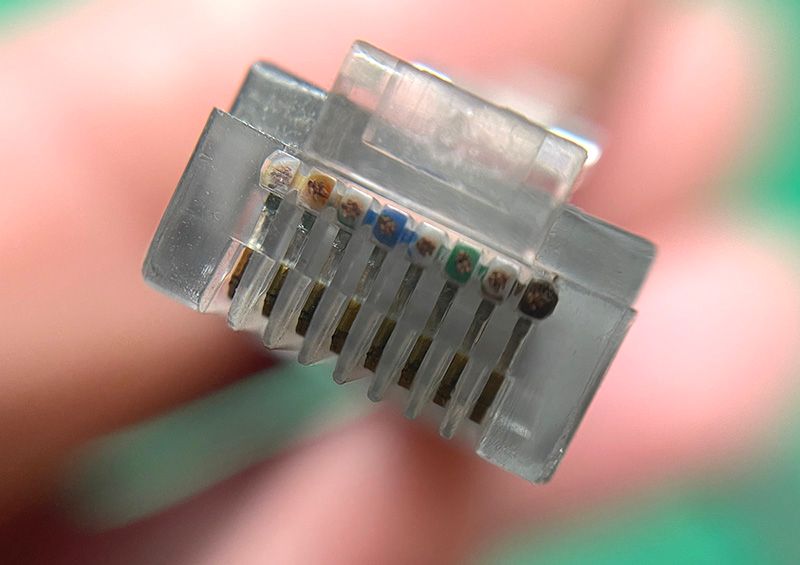Can Cable from Tool Board to Distribution Board
-
I am setting up the distribution board to connect to a tool board and have a couple questions:
-
It says it needs 2 twisted pairs to go from the distribution board to the tool board. Do I use cat 6 twisted pairs or what wire should I use to go from the distribution board to the tool board?
-
when using the distribution board with the tool board, is it still necessary to jumper the r120 pads on the tool board or is that only necessary when not using a distribution board.
-
The wires used to feed power to the distribution board, do I use an output from the duet 3 6hc board or do I go straight from the power supply?
-
The driver that runs the Nema motor output coming from the tool board, is it using one of the existing drivers on the 6hc board or does the tool board have its own driver built in?
-
-
-
The CAN cable is not critical unless the cable is very long. Two single core insulated wires twisted together is good enough.
-
You don't need the terminator if you are using a tool distribution board. There is a jumper selectable terminator on the distribution board.
-
If the Duet main board is powering a high current bed heater directly then it is best to daisy chain the power from the main board terminals. Otherwise, it doesn't matter and it is usually simplest to run wires from the PSU to the tool distribution board.
-
The tool board has a built in TMC2209 driver.
-
-
@armontrout I use telephone cable for my toolboards. I've ran over a meter quite happily
-
I've used telephone cable too for bench setups. However UK telephone cable is usually solid core, so I wouldn't recommend it for connecting a moving print head.
-
@dc42 agreed. My concern was the solid core wire in most twisted pair as it will be stressed in the constant movement of the print head. Trying to find a stranded twisted pair option but the available options are looking slim.
-
@armontrout
The most likely source for someone not professionally involved in electronics is an Ethernet cable. Patch cables (Normal cables as sold with plugs) are supposed to be stranded wire, though a lot of cheap ones use singe core.The ones usually supplied free with routers etc., would probably be the proper stuff.
If you look at the end of a plug with a magnifying glass, you should be able to tell if it's stranded or single core; this one is definitely stranded:

Another option is audio cable; eg. something like a headphone extension cable, which should have two similar cores and a ground /screen at minimum. "Pound shops" and similar in the UK sell those very cheaply.